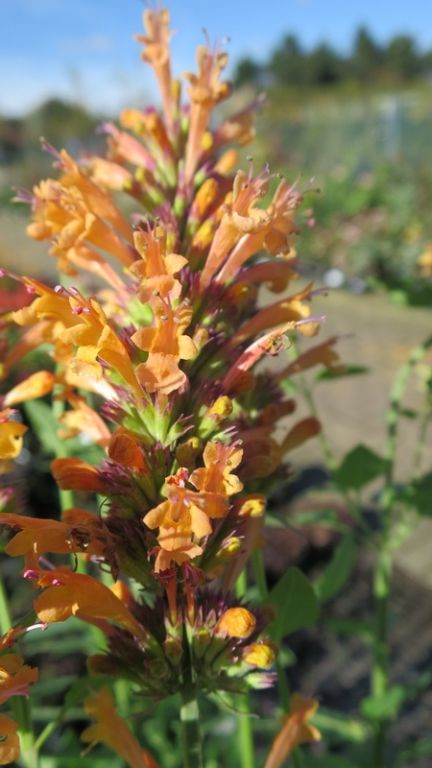
Move plants outdoors when the transplants are at least 4 inches tall. Spacing: 4 to 6 weeks before a last frost date. It likes a soil close to neutral and in areas with acidic soils will benefit from the addition of lime. Soil: Grows best on fertile, well-drained soils. They will survive part shade, especially afternoon shade in warmer climates, but may not flower as well.
#Agastache kudos gold full#
Light: Grows and flowers best in full sun. Fall planting will stay dormant all winter and sprout at the appropriate time in spring.

You can plant any time until early summer. Plant in spring after all danger of frost has passed. The flowers are attractive to hummingbirds, butterflies and bees, while the anise-flavored leaves can be used in teas and cooking. In cold climates is self-sows readily making it an annual addition to your garden. In warm climates, it comes back consistently each year. While traditional varieties have blue or purple colored flowers, newer varieties feature bold colors such as red and orange. Pinch at transplant is beneficial.Ī tender perennial with aromatic leaves and colorful flower spikes all summer long. Long days benefit overall plant vigor and flowering. 80% winter survival at USD zone 5 Colorado State University 2016. Won “Best of Species” award at Penn State University 2015. Mineral Soil (Garden)s are fine.ĭeep South, Deer Resistant, Fragrant, Hummingbird Attractor, Low Water Usage, Pollinator Attractor

It attracts hummingbirds.īest in well drained, fertile Soil (Garden). It is a great perennial color spot for summer bloom. Blooms here in Oregon from late May to frost. Hardy plant, large inflorescences of gold (light yellow orange) flowers, short, bushy habit, very well branched, very long bloom time.


 0 kommentar(er)
0 kommentar(er)
